MathMosaic
Time: 2023-24
Role: Founder, solo project
Tools: Unity, Figma, Adobe Premiere Pro
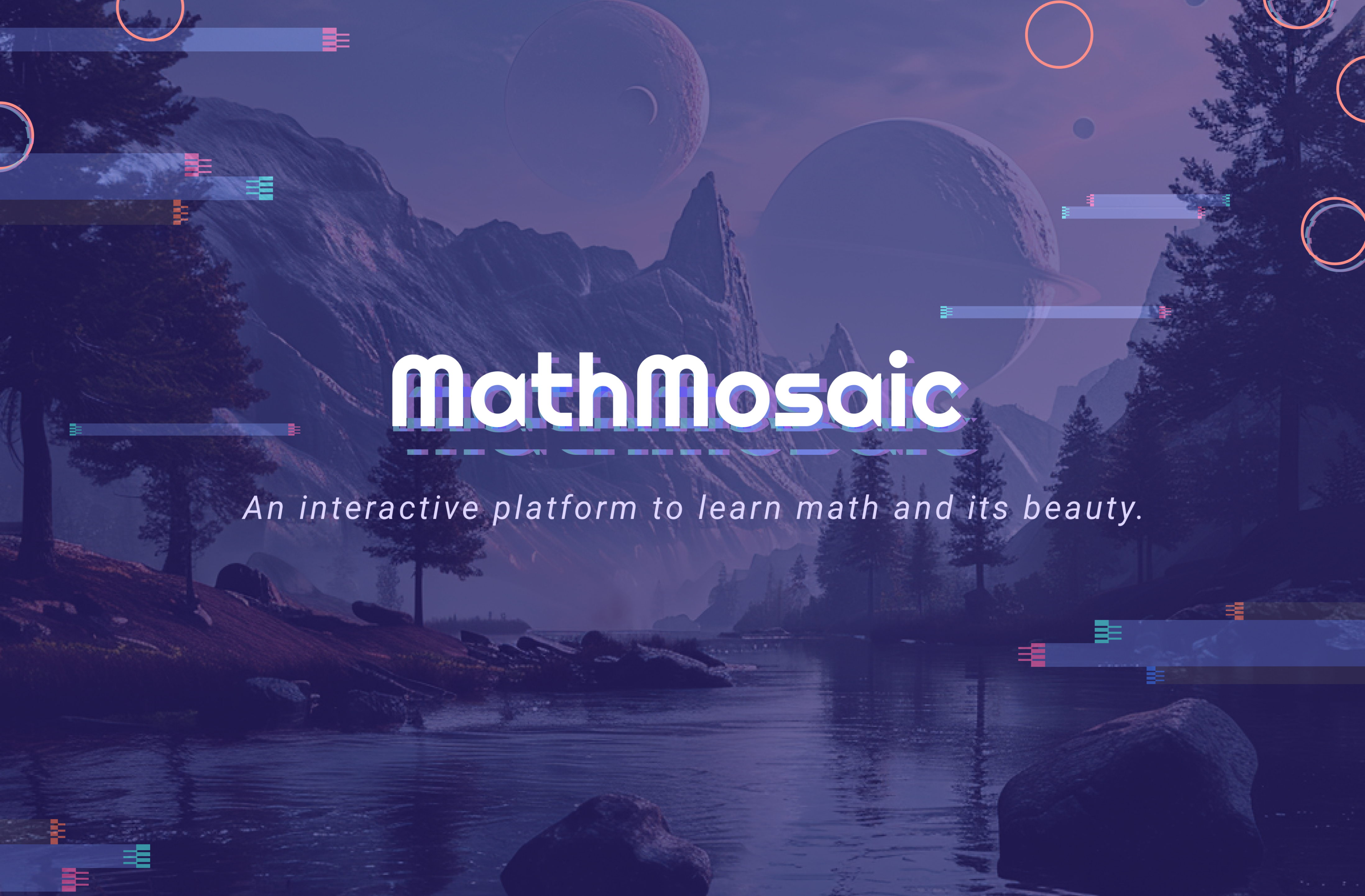
SUMMARY
The second and final year of the Master's in Design Engineering program consists of developing an indepedent, year-long project in any domain. As the lead creator and designer of MathMosaic, a groundbreaking gamified learning platform, I spearheaded the development of an innovative solution to transform traditional mathematics education. My role encompassed conceptualizing and implementing a unique educational experience that leverages intrinsic motivation, contextual learning, and exploratory environments to address math anxiety and boost confidence among high school students, with a particular focus on empowering underrepresented groups in STEM. By integrating real-world puzzle scenarios within a narrative-driven framework, MathMosaic encourages students to uncover the relevance and beauty of mathematics in their daily lives, fostering a growth mindset and critical thinking skills essential for success in STEM fields.
PROBLEM
In the US, traditional math education, detached from real-world relevance, contributes to widespread math anxiety, affecting approximately 93% of adults (1). This disconnection exacerbates engagement issues, particularly affecting underrepresented groups in STEM and leading to significant dropout rates in critical courses (2). The prevalence of math anxiety in children, with 25% experiencing moderate to high levels, highlights systemic educational flaws (3). Declining math scores, with 73% of 8th graders scoring at or below basic levels in 2022, underscore the urgent need for pedagogical reform (4).

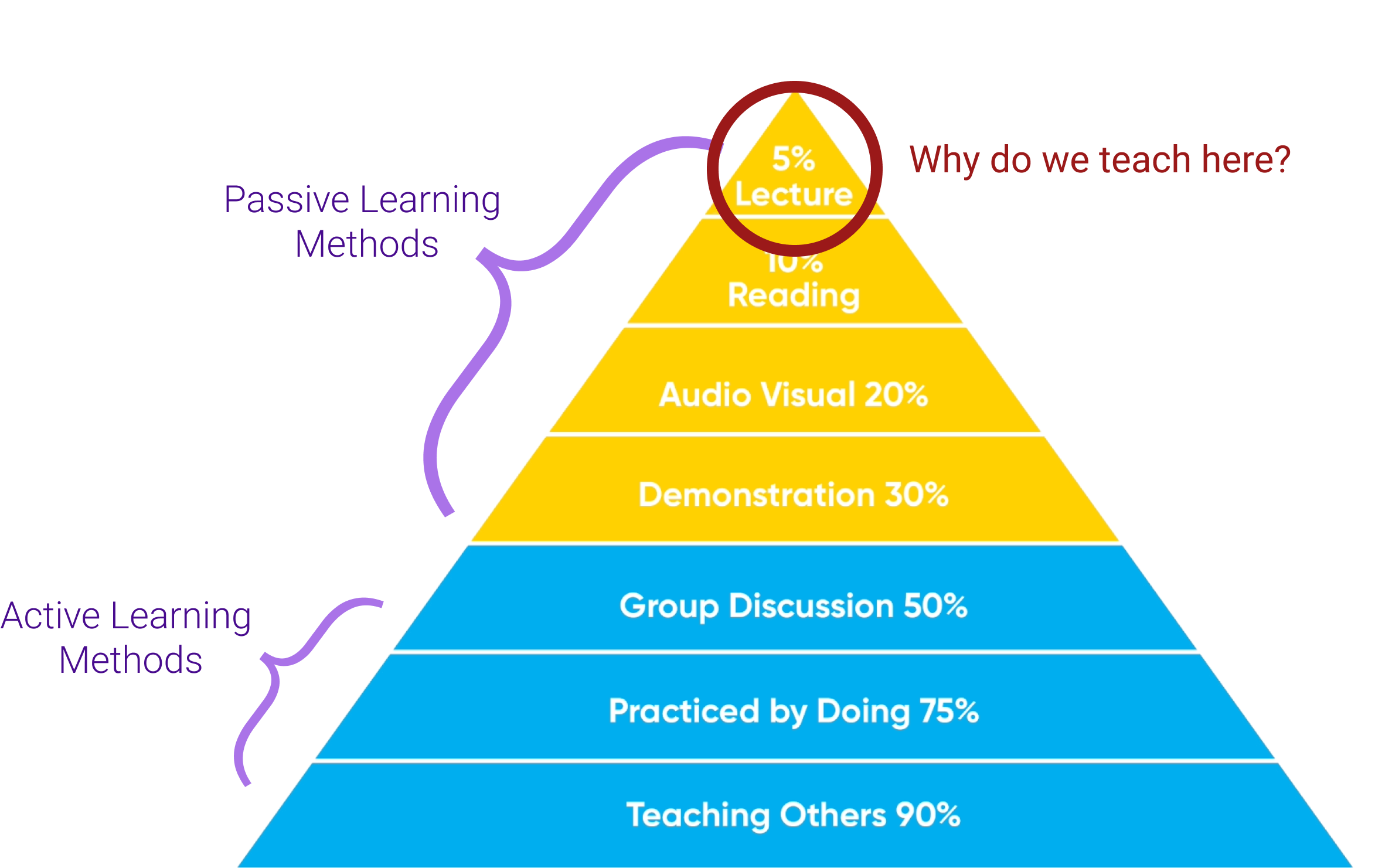
RESEARCH
The Learning Pyramid is a well renowned model for best practices while teaching for students to retain the most information. In the US, it is common practice to teach mathematics purely by lecture, even though active learning methods have been proven to be more valuable.

Past research studies have proven 2 out of 5 processors in our brain that light up from doing math are visual. "When we don’t ask students to think visually, we miss an incredible opportunity to increase students’ understanding and to enable important brain crossing."
Furthermore, educational theories stress the importance of connecting math education to real-life scenarios to foster a deeper understanding and relevance of mathematics, moving away from superficial, procedural knowledge towards a more meaningful, conceptual grasp of math.

A survey was sent to undergraduate students at multiple universities about their math education to understand more about the current experience.
It was found that:
1. Most students are not confident in applying knowledge to real-world problems.
2. Students naturally seek help from elsewhere outside the classroom, including online.
3. Majority of students struggle with classes taken after algebra.

Comparative analysis was conducted against other leading forms of online learning and the traditional classroom setting.
Khan Academy is a leading platform for understanding mathematical arithmetic. It provides video lessons and practice problems. It's widely used by students individually but also in classrooms. While it is great for quick understanding to pass a test or finish homework, it lacks content on conceptual understanding.
3Blue1Brown is a popular YouTube channel that visually represents high level mathematical concepts such as derivatives and differential equations. Speaking with the founder, Grant Sanderson, he commented "online education straddles a line between entertainment and education...I think it will always be supplemental to in-person education, and more generally media where students are doing exercises and projects. You can only learn so much through passive viewership and reading.”
PROCESS
The research conducted, along with discussions with dozens of experts in tech, design, education, mathematics, and business, heavily guided the design princples of MathMosaic.
Inclusive - the target audience is underrepresented groups interested in Science, Technology, Engineering, and Math (STEM). This includes minorities such as women in STEM.
Consistent - the design of the platform will be intuitive for users, while also repeating previously mastered concepts when introducing new ones.
Multimodal - the platform will be highly interactive and visual, but also have features such as sound that are pivotal to the learning experience.
Engaging - students will feel immersed in the platform when interacting, and want to use it as they continue their math education.
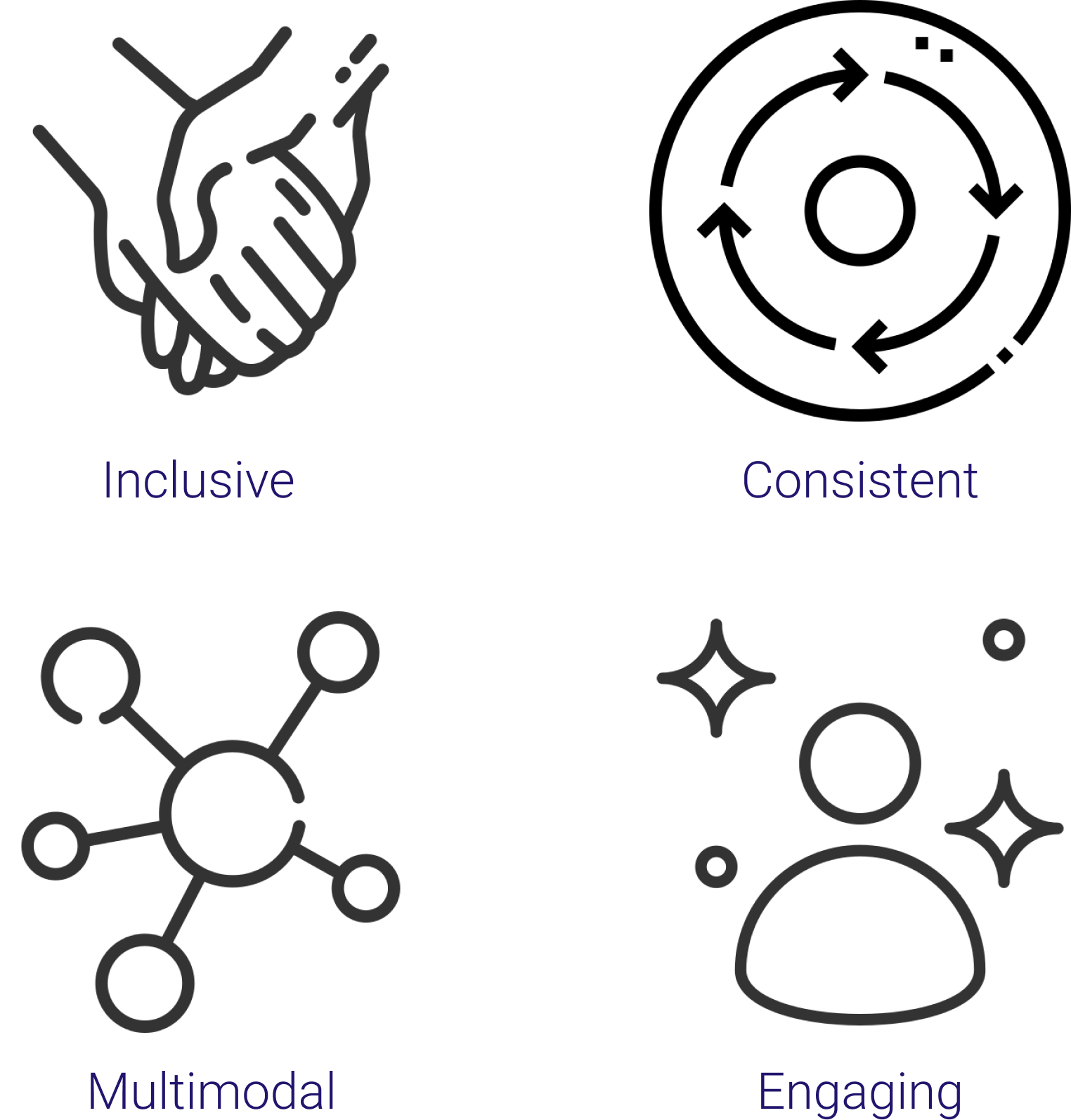
The original mood board consisted of a futuristic, geometric aesthetic to peek interest in young adults and seem like a "cool" platform to try out.
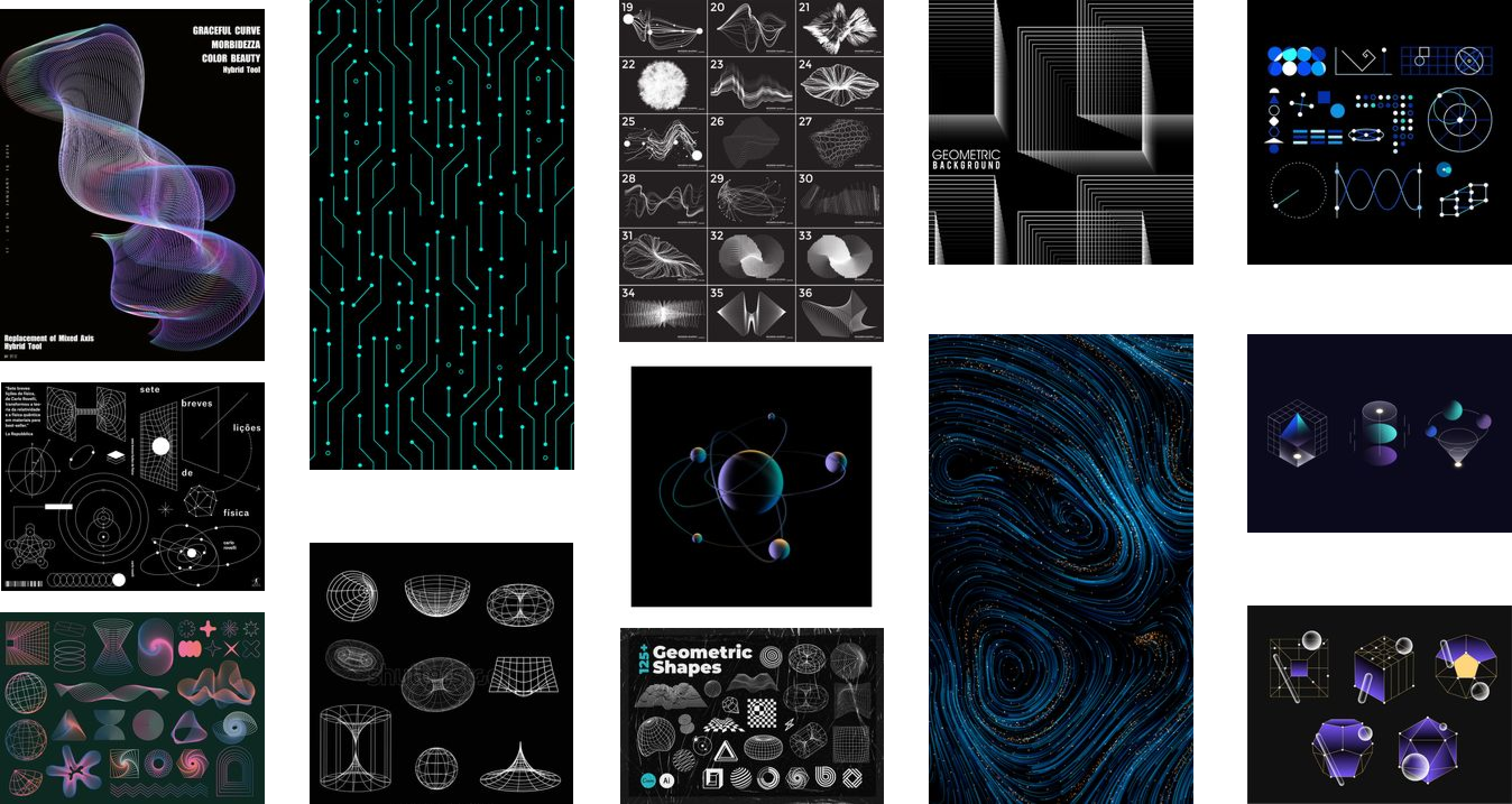
To make this happen, the Manim library (stemmed from 3Blue1Brown) was used along with Python and p5. An example of a slope field/phase plane is on the right.
Combining the desired mood board and the coding platforms, a simple prototype was formed about the Pythagorean Theorem as a proof of concept.
While this prototype proved to be a good start, there were clearly still unanswered questions about the overall setup of the platform. This is where a step back was taken to understand how a user would navigate the platform and a framework for how they are learning.
It is intended for the user to have a nonlinear interaction, so they do not have to learn concepts in a specific order but can explore topics they are interested in.
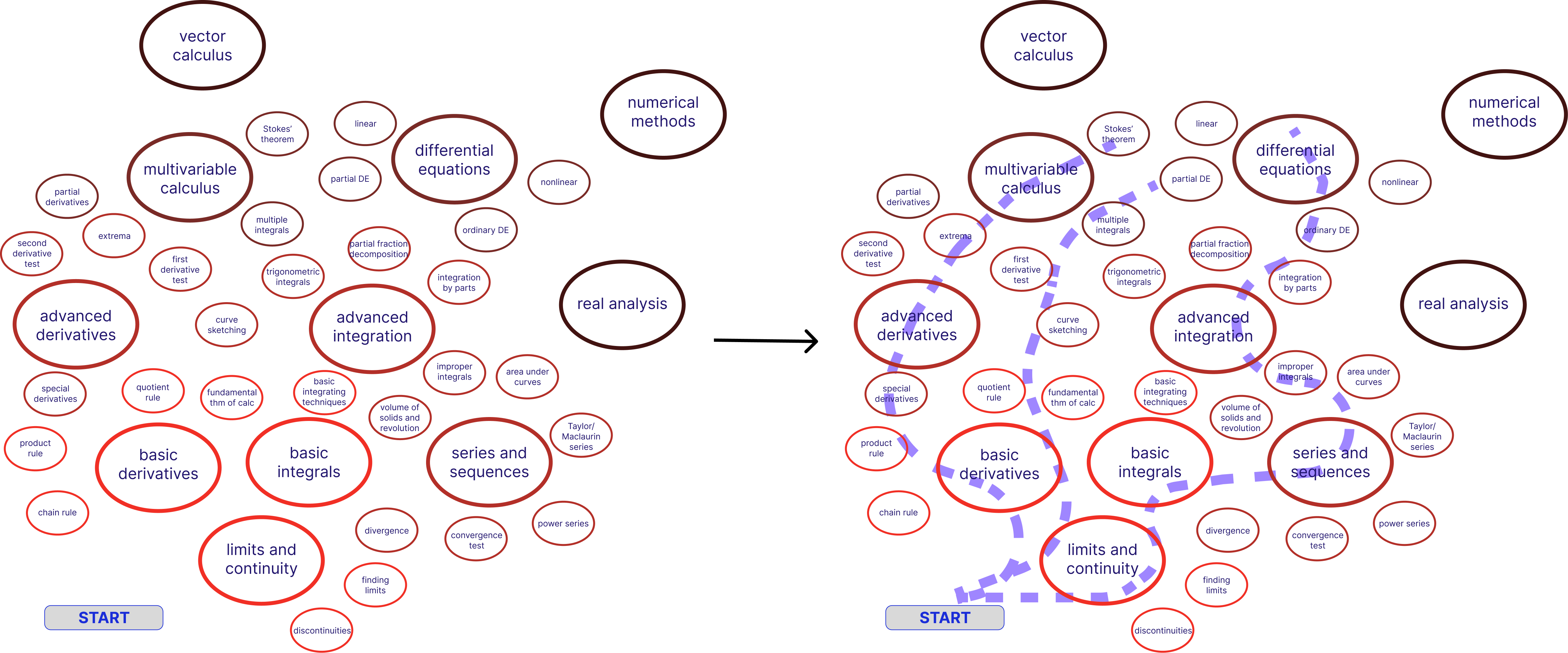
It was becoming more clear what the platform was intended to do, so points were also made clear what the platform was NOT meant for. This helped distinguish the platform from competitors such as Khan Academy.
MathMosaic does not contain video lessons; it is an assistive tool for outside the classroom; it does not help directly with arithmetic but instead conceptual topics and connections to other math and real-world problems; no memorization is required to interact with the platform.

MISSION: Students will not only gain a better understanding of mathematical concepts and their real-world applications, reducing math anxiety, but also develop a deeper appreciation for the inherent beauty in mathematics.
Putting an end to being “bad at math”.

The objectives of the platform are as follows:
1. The platform is a puzzle game and open world. The characters are meant to explore the surroundings and have choices that directly affect the game’s outcome.
2. Students are encouraged to try multiple ways to solve a problem and are not given any negative feedback for doing something wrong. Students are proving these mathematical concepts themselves.
3. The examples the students encounter in the game are directly related to real-world applications of mathematics in terms of nature, technology, and art.
4. The platform reinforces the idea that mistakes are learning opportunities, thereby fostering a growth mindset among its users.
These higher level changes prompted the form of the platform to shift from a web-based design, to more of a gamified platform.
With the fundamentals of MathMosaic being reshaped, the design needed to adjust as well. Therefore, a new mood board was created.

The platform is now considered to be an educational video game. The user flow in this exploratory, open world involves the user choosing a planet to visit which represents a math subject like calculus, geometry, algebra, etc. After entering the world, they start on the beginner lesson where they explore the area searching for puzzles. Once enough puzzles in the beginning lesson are complete, they may unlock part of the story or continue to another land.

Using Figma prototype, Procreate animation, generative AI, and Adobe Premiere Pro, a demo video of this new game version was created. Use sound for full effect.
After another iteration, this Figma prototype was used for user-testing with graduate design and education students for UI/UX purposes.
Result
This project is still underway. More information will be uploaded here when completed.
References
1) Luttenberger, Silke, et al. “Spotlight on Math Anxiety.” Psychology Research and Behavior Management, vol. Volume 11, no. 11, 8 Aug. 2018, pp. 311–322, www.ncbi.nlm.nih.gov/pmc/articles/PMC6087017/, https://doi.org/10.2147/prbm.s141421.
2) Sanabria, Tanya, and Andrew Penner. “Weeded Out? Gendered Responses to Failing Calculus.” Social Sciences (Basel, Switzerland), vol. 6, no. 2, 1 June 2017, www.ncbi.nlm.nih.gov/pmc/articles/PMC5878940/, https://doi.org/10.3390/socsci6020047.
3) American Psychology Association. “How to solve for math anxiety? Studying the causes, consequences, and prevention methods needed.” Apa.org, 2024, www.apa.org/monitor/2023/10/preventing-math-anxiety#:~:text=The%20prevalence%20varies%20from%20study.
4) Mervosh, Sarah, and Ashley Wu. “Math Scores Fell in Nearly Every State, and Reading Dipped on National Exam.” The New York Times, 24 Oct. 2022, www.nytimes.com/2022/10/24/us/math-reading-scores-pandemic.html.